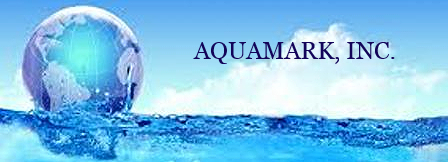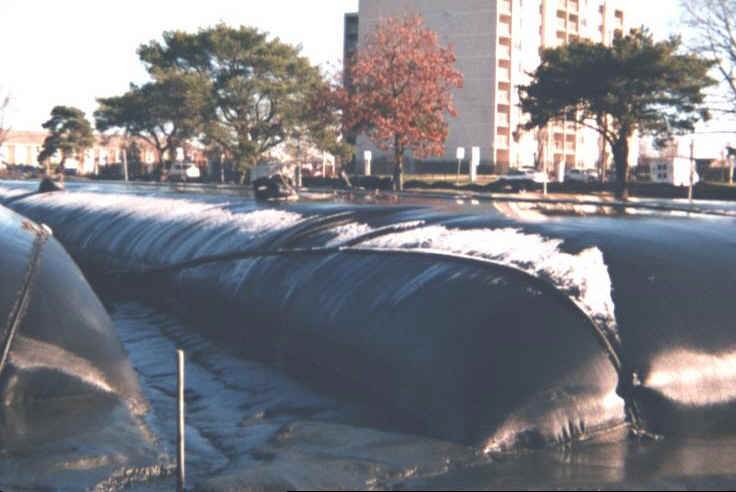

Searching
Geotextile Dewatering
AQUAMARK has developed polymer chemistry for geotextile tube dewatering. The process is fairly simple. In the initial phase of the project, drainage tests are run to determine the proper chemistry and polymer application. Then a pilot pumping can be done using a small tube to prove the performance of the chemistry and the geotextile tube. Finally a chemical and polymer feed system is designed for large jobs. The advantages of using polymer for these projects are:
► Faster drainage
► Dryer Sludge
► Better retention of solids in the tubes
► Clean filtrate
► Compliance with paint filter test
► Reduced hauling and disposal costs

GEOTEXTILE TUBES
Geotextile Tubes are a unique and efficient way to contain and dewater solids from ponds, rivers, lakes,municipal waste lagoons, and industrial remediation projects. Using conventional dredging techniques and polymer has been shown to be the most efficient means for removing solids. Geotextile tubes can be used in the following applications.
► Pond, Lake and River solids removal
► Remediation of superfund sites
► Industrial pond clean up
► Phosphate removal
► PCB remediation in ponds
►TPH removal & remediation
► Metals removal & remediation
► Recovery of process solids
► Municipal sludge dewatering
► Mining applications
► Ground water remediation
Geotextile tubes in different sizes from 15' circumference to 120' circumference. Lengths vary from 50 to 400 feet and larger (Custom Sizes).
Remediation Job Sites
Geotextile tubes will provide dry solids comparable with other technologies. Depending on the type of solids that need to be dewatered it is not uncommon to get a consistencie of 40% to 75% in the Geo-tube with sufficient drying time.
